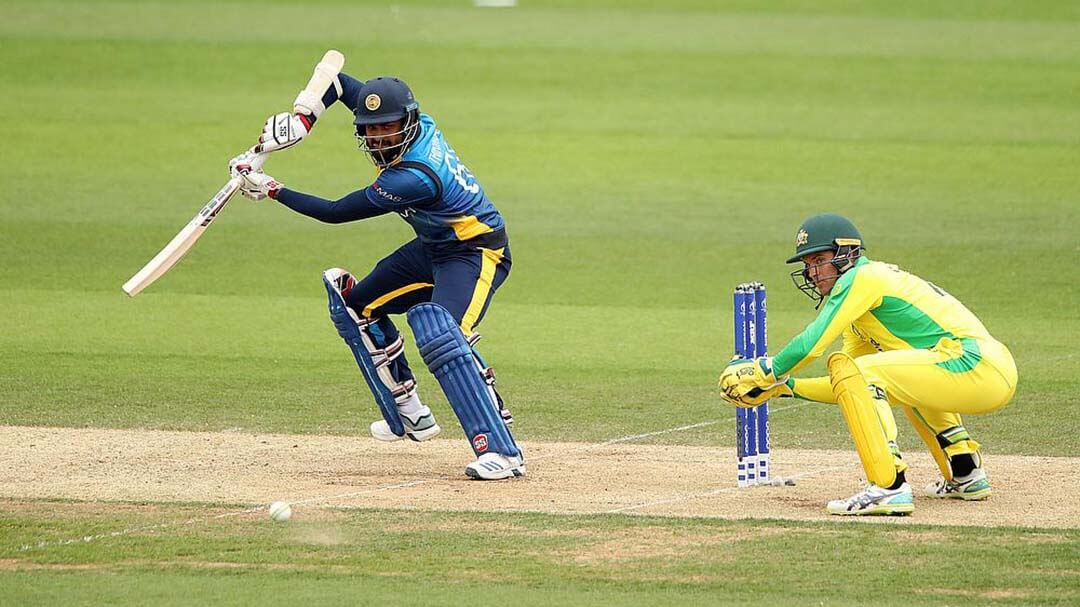Crickets are bugs that fit in with the purchase Orthoptera and the school Insecta. Crickets are an important part of the ecosystem since they help in the break down of plant material. They’re also a significant source of food for other animals like small owls, spiders, birds, mice, shrews, snakes, frogs, raccoons and opossums. There are numerous species of crickets: house crickets, area CricketLiga , floor crickets, cave crickets, mole crickets, camel crickets, snowy pine cricket and the upper mole crickets.
Home Crickets: they are the most commonly observed crickets. They’re also very troublesome given that they have a tendency to enter the home and trigger damage. Length of adult house crickets stages between 3/4 inch and 7/8 inch. They’re light yellowish-brown in shade and have three black companies on the head. They’ve long, slim antennae ,which is a lot longer compared to the full body. They have antenna-like cerci attached to the sides of the abdomen. Female house crickets have a thin, long tube-like design referred to as the ovipositor projecting from the abdomen. This really is used for putting eggs. Girl house crickets may set on average 728eggs.

Home crickets are usually discovered outside in areas like trash places but tend to get involved with the home once the heat external gets colder. They are able to jump very high, also around next and next stories of houses. They are able to also mouthful if agitated. They feed on silk, wool, nylon, rayon and wood and can hence trigger much injury in the house.
Field crickets: subject crickets will also be a really commonly seen cricket species. They are 1/2 to 11/4 inches in length. They are black in shade and have long, thin antennae and a strong body. They have big moving hind legs. The ovipositor of women subject cricket might be almost 3/4 inch long. There are many kinds of area crickets and they also differ based on the size. Subject crickets produce sounds through the day in addition to night. Female field crickets lay an average of 150-400 eggs.
Subject crickets cause much harm to subject crops. They also enter buildings and cause injury to furniture upholstery, carpets and clothes. They can travel properly and are drawn to bright lights. They’re typically found in cold wet areas and inside buildings.
Soil crickets: Soil crickets are smaller in size than home and area crickets. They are significantly less than 1/2 inch in length. They are brown in color with extended, moving spines on the hind tibiae. Floor crickets’ sounds are soft and high-pitched. They are effective through the night and are greatly drawn to lights. They’re typically found in regulations, pastures and wooded areas.
Snowy pine cricket: this species of crickets are pale yellowish-green or whitish light natural in color and about 5/6 to 7/8 inch long. They’ve one black place on the forefront part of each of the first two aerial segments. Wings of guy snowy tree crickets are wide and paddle-shaped, sleeping smooth on the back. The female cricket’s forewings are thin and are covered carefully to the body.
Snowy tree crickets are within trees, shrubs, high grassy areas and in weeds. They set eggs on the bark or stalks of fruits and ornamental plants, creating much damage. Cold tree crickets make looks that vary based on the temperature. These sounds are usually very noisy and are often useful for unique outcomes in movies.
Cave Crickets: Cave crickets, also called camel crickets or rock crickets, are often present in caves and different cool moist areas like home basements. They have huge hind legs, extended slender antennae, mind bent backward and drumstick-shaped femurs. They cannot have wings. They’re about one inch in total and brownish in color. They seem to be humpbacked because of their arched backs. They are also nocturnal but aren’t attracted to gentle unlike other crickets. They also don’t chirp like home crickets. Cave crickets frequently dwell in wells, empty tress, under wet leaves/stones/logs/boards. They generally stroll in to properties by mistake and are essentially harmless.
Mole Crickets: Mole crickets, therefore named since they seem like moles, live underground. They are cylindrical in form and evaluate around 1.25 inch in length. They’re typically brown in shade and are included in fine soft hair. They have paddle-shaped forelegs, which make them ideal for burrowing. The feet are also really sharp to enable root-cutting. Mole crickets don’t mouthful or sting and they also don’t damage cloth or report items unlike house crickets.